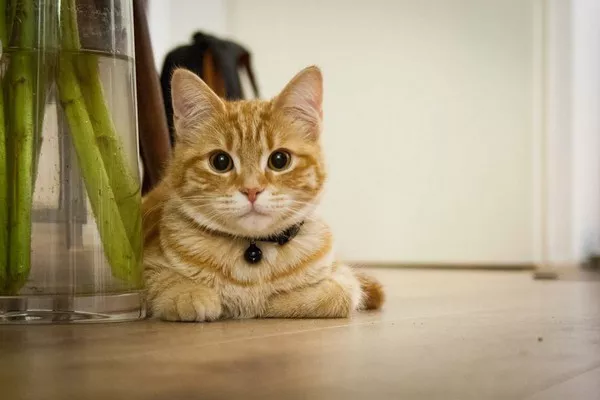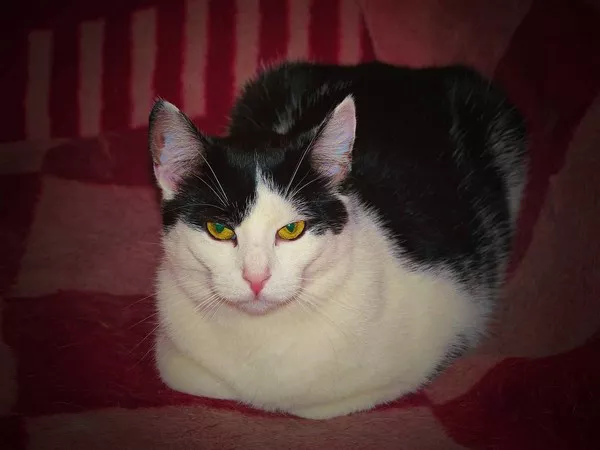Calico cats, known for their distinctive tri-colored coats, have long captivated the hearts of cat enthusiasts around the world. While the calico pattern is commonly associated with furry felines, there exists a unique and captivating variant – the hairless Calico cat. This article delves into the intriguing world of hairless Calico cats, exploring their distinctive characteristics, the genetics behind their coat patterns, and the factors influencing their prices in the pet market.
Understanding the Calico Coat Pattern
The calico coat pattern is a captivating mix of three distinct colors – white, black, and orange. This tri-colored combination is often expressed in a patchwork or brindle-like pattern, creating a visually striking and unique appearance. Traditional calico cats can be found in various breeds, but when it comes to hairless Calico cats, the focus shifts to a specific breed known as the Sphynx.
The Sphynx Breed: A Brief Overview
The Sphynx cat breed is renowned for its distinctive lack of fur, large ears, and striking appearance. Originating in the 1960s, the breed has gained popularity for its unique features and friendly demeanor. Sphynx cats are often associated with warmth, as their lack of fur requires them to seek heat sources, including human laps, to stay comfortable.
The Genetics of Calico Coats in Sphynx Cats
The calico coat pattern is a result of specific genetic factors, and understanding these intricacies sheds light on why some Sphynx cats display this unique tri-colored pattern. Calico coloring is linked to the presence of two distinct coat color genes – the black and orange genes, both of which are carried on the X chromosome.
Female cats possess two X chromosomes (XX), while males have one X and one Y chromosome (XY). In the case of calico cats, the tri-color pattern is a result of a phenomenon called X-inactivation, where one X chromosome is randomly deactivated in each cell during early development. This results in patches of cells expressing the genes for black fur and others expressing the genes for orange fur, creating the distinctive calico pattern.
While male calico cats are rare due to their XY chromosome makeup, female Sphynx cats with the calico pattern are sought after for their unique genetic makeup and striking appearance.
The Rarity of Hairless Calico Cats: A Pricey Peculiarity
Owning a hairless Calico cat, especially one of the Sphynx breed, comes with a premium price tag. Several factors contribute to the rarity and desirability of these unique felines, influencing their market value. Let’s explore the key factors that contribute to the pricing of hairless Calico cats.
Breed Reputation and Recognition
The Sphynx breed has gained recognition and admiration for its distinct appearance and friendly nature. As a result, Sphynx cats, in general, tend to be higher in price compared to other breeds. The calico pattern further elevates the desirability of these cats, making them even more sought after among cat enthusiasts.
Genetic Rarity of Calico Patterns in Sphynx Cats
The calico coat pattern in Sphynx cats is not as common as in some other breeds. The genetic factors involved, including the specific combination of the black and orange genes on the X chromosome, contribute to the rarity of the calico pattern in Sphynx cats. The scarcity of these unique genetics enhances the value of hairless Calico cats.
Breeder Expertise and Reputation
The reputation and expertise of the breeder play a crucial role in determining the price of a hairless Calico cat. Reputable breeders who specialize in Sphynx cats and have a track record of producing healthy, well-socialized kittens with desirable traits are likely to charge higher prices. The assurance of a well-bred and healthy kitten adds to the perceived value for potential buyers.
Health and Genetic Testing
Responsible breeders prioritize the health and well-being of their cats. This includes conducting genetic testing to screen for potential hereditary conditions and ensuring that breeding pairs are selected to minimize the risk of genetic disorders. The cost of health screenings, vaccinations, and overall veterinary care is factored into the price of the kittens, contributing to the overall cost of acquiring a hairless Calico Sphynx.
Pedigree and Lineage
The pedigree and lineage of a Sphynx cat can significantly impact its price. Cats with illustrious pedigrees, featuring champion ancestors and a documented lineage, are often priced higher. The assurance of a cat with a prestigious lineage adds to the appeal for buyers who are willing to invest in a well-bred and pedigreed hairless Calico Sphynx.
See Also:How Much Does a Calico Cat Cost in Australia?
Unique Aesthetic Appeal
The hairless nature of Sphynx cats, combined with the captivating calico pattern, results in a visually striking and unique aesthetic. The distinctiveness of these cats, both in terms of appearance and genetic makeup, contributes to their higher market value. Cat enthusiasts seeking a truly one-of-a-kind pet are often willing to pay a premium for the rarity and beauty of a hairless Calico Sphynx.
Conclusion: A Price Worthy of Uniqueness
In the world of cat enthusiasts, the allure of hairless Calico Sphynx cats is undeniable. Their distinctive appearance, combined with the genetic rarity of the calico coat pattern, contributes to their premium pricing. From the expertise of the breeder to the unique genetic makeup and aesthetic appeal, several factors justify the investment required to bring one of these extraordinary felines into your home.
As with any pet purchase, prospective owners should approach the acquisition of a hairless Calico Sphynx cat with careful consideration. Researching reputable breeders, understanding the genetic aspects of the calico coat pattern, and ensuring the well-being of the cat should be top priorities for any responsible pet owner. While the price may be steep, the joy and companionship offered by these unique felines are often considered priceless by those who welcome them into their homes.
Related Topics:
How Much Does a Lilac Point Calico Cat Cost?
What Types of Calico Cat Are There?
Do Calico Cats Bond with One Person?























